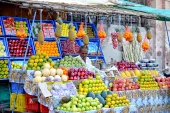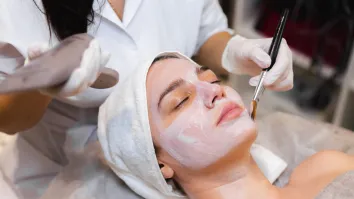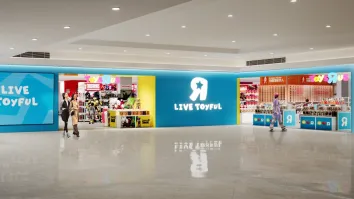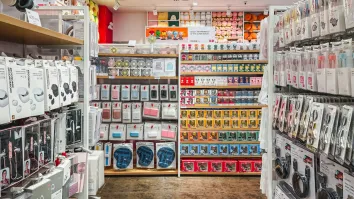
SEA consumers embrace omnichannel retail in 2024
Pop-up shops and immersive events are also gaining traction.
Southeast Asian consumers are increasingly opting for hybrid shopping experiences that combine both online and offline channels.
According to Zalora's 2024 Southeast Asia TRENDER Report, retailers are responding by enhancing technology integration and creating engaging in-store experiences.
Pop-up shops and immersive events are also gaining traction, whilst social commerce platforms like TikTok and YouTube are redefining e-commerce with shoppable content.
Additionally, strategies such as click-and-collect and streamlined return policies are boosting customer satisfaction.
The report highlights how the region is rebounding from pandemic disruptions while navigating inflation, high turnover in retail leadership, and global economic uncertainties. Amidst these challenges, Southeast Asia continues to demonstrate resilience, buoyed by a diversified economy, robust domestic consumption, and regional trade integration.
Modest wear is also emerging as a significant market segment, with Muslim consumer spending on apparel and footwear expected to reach $428b by 2027. It noted that retailers looking to capture this market can focus on offering diverse, stylish modest fashion options, particularly for consumers in countries like Indonesia and Malaysia.
Despite economic challenges, Southeast Asia’s luxury market remains robust, driven by a growing middle class and increasing demand for premium brands. Millennials are emerging as the biggest spenders in this segment, and the rise of "Buy Now, Pay Later" services is making luxury more accessible to a broader range of consumers.
Sustainability is another key trend, with consumers placing more emphasis on eco-friendly and ethically produced fashion. In response, brands are adopting transparent supply chains and sustainable materials, offering opportunities to build brand loyalty and stand out in a competitive market.
The demand for beauty and wellness products is also on the rise, driven by Southeast Asia's expanding middle class. Consumers are increasingly focused on self-care and holistic well-being, creating opportunities for brands offering organic and ethically sourced products.
The report also found that the sportswear market is seeing increased competition from smaller, emerging brands that are challenging established players. E-commerce platforms are lowering barriers to entry, allowing these smaller brands to directly engage with consumers via social media.
These brands are also benefiting from innovation and differentiation in product offerings, further fueling the democratisation of sportswear, it added.



















 Advertise
Advertise








